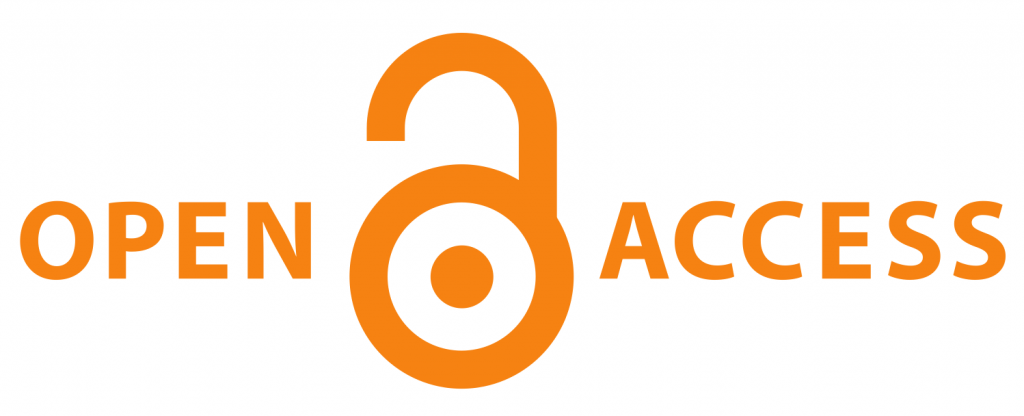Clinical study to evaluate the Preventive, Promotive and Cosmetic benefits of Katu Taila Pratimarsha Nasya
DOI:
https://doi.org/10.21760/jaims.10.2.8Keywords:
Ayurveda, Katu Taila, Pratimarsha Nasya Karma, cosmetologyAbstract
Background: Ayurveda emphasizes the importance of Dinacharya (daily regime) and Ritucharya (seasonal routine). Both of these are crucial for promoting optimal health and preventing sickness. According to Ayurveda everyone should follow a daily routine in order to live a healthy and disease-free existence. Nasya is an essential regimen that is explained in the context of Dincharya. Nasya Karma is the procedure where by medicines in various forms are administered through the nose. It could be decoction, oil or powder. The medication that is administered by the nose enters the channels and influences Shira by nourishing it and eliminating the accumulated Dosha.This study aims to evaluate the efficacy of Katu Taila Pratimarsha Nasya on preventing and promoting health among apparently healthy individuals. Material and Methods: Thirty individuals were included in this trial and all assigned to a single group. The Katu Taila Pratimarsha Nasya treatment was given to the subjects for 30 consecutive days, administered in the evening before sunset which corresponds with the Vata Dosha natural aggravation. A quantity of two Bindu drops was administered to each participant's nostril. Results: On self-developed scale based on symptomatic effect of Pratimarsha Nasya. It was found highly effective (p<0.001) in Sukhama Prabodhashcha (waking up refreshed) and Sroto Vishuddhi (lightness in upper region). Conclusion: The administration of Katu Taila Pratimarsha Nasya has demonstrated a significant and moderate improvements. It suggests that Katu Taila Pratimarsha Nasya can be a valuable adjunctive therapy for maintaining health and preventing illness.
Downloads
References
Pandey K, Chaturvedi G, editors. Charaka Samhita of Agnivesha – Vidyotini Hindi Commentary. Volume II, Sutra 30/26. Varanasi: Chaukhamba Bharti Academy; 2009.
Charaka Samhita Chakrapani Ayurveda Deepika. Sutra 9/88. 1st ed. Varanasi: Chaukhamba Bharati Academy;2008.
Gupt A, editor. Ashtanga Hridaya. Sutra 19/1. Varanasi: Chaukhamba Prakashan; 2009.
Gupt A, editor. Ashtanga Hridaya. Sutra 20/1. Varanasi: Chaukhamba Prakashan; 2009.
Gupt A, editor. Ashtanga Hridaya. Sutra 20/32. Varanasi: Chaukhamba Prakashan; 2009.
Mishra B, Vaishya R, editors. Bhaavaprakasha of Bhavamishra – The Vidyotini Hindi Commentary. Part 1, Purvardh 5/47. Varanasi: Chaukhamba Sanskrit Bhawan; 2015.
Mishra B, Vaishya R, editors. Bhaavaprakasha of Bhavamishra – The Vidyotini Hindi Commentary. Part 1, Purvardh 5/48. Varanasi: Chaukhamba Sanskrit Bhawan; 2015.
Shrivastava S, editor. Sharngadhar Samhita – Jiwanprada Hindi Commentary. Uttar Khanda 8/38. Varanasi: Chaukhamba Orientalia; 2017.















